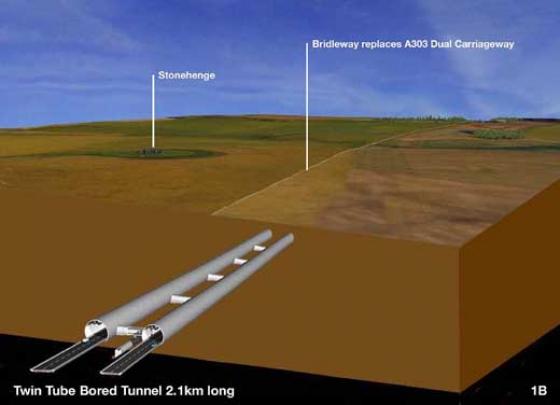Littlestone wrote:
Last item to be mentioned - as usual :-(
But this is great stuff and looks like its going to run and run. The 'village' sounds a bit like the labourers' villages found adjacent to the Giza Pyramids - maybe similar kind of seasonal work pattern (plus a jolly good party at the same time). Good to see porkers in the picture again - just wait and see, it'll all come down to porkers in the end ;-)
The Big Avebury Pigpen reality comes ever closer ;-)
However, this is not my primary interest for now, as we are dealing with the discoveries at Durrington Walls. Aside from the quantity of houses, the most significant feature would seem to be the large-scale feasting that took place there at some point in winter, most probably around the Solstice. One of the most significant features of this feasting seems to be the prevalence of pigs, while it seems that many of these creatures were killed or at least attacked with arrows prior to their demise.
The assumption seems to be that the primary purpose of the prehistoric gatherings at Stonehenge was to indulge in feasting, leaving aside for now any consideration of the ceremonies or rituals our ancestors performed when they were not eating. However, our ancestors were capable and practical people, so if they wished to slaughter young pigs on a large scale for the purpose of cooking and eating them, the most straightforward means of achieving this would seem to be to corral the animals, then take them out one by one to be dispatched by clubbing them on the heads with some heavy blunt instrument, then cutting their throats.
However, it appears that many of these animals were attacked with arrows. While we know that a prehistoric longbow could be a formidable weapon, it seems a very strange thing to try to kill a nine month old pig by means of an arrow. Why? To begin with, it is unlikely that one arrow will cause an instant fatal wound, while there’s also the question of visibility. Admittedly, a nine month old pig is a fairly large animal, but we are assuming that these creatures were attacked in broad daylight, not at night by the light of the moon or by firelight.
We’re also assuming that the men with bows and arrows were standing a short distance away from the animals they were pursuing. If they were doing this, it would seem to be far more straightforward to plunge a heavy spear into the creatures to cause a more serious wound in the place where such as thing was required. We must also bear in mind that Durrington Wall contained huge groups of wooden posts and while their purpose remains unknown, their mere existence must add to the potential elusiveness of the pigs.
So, it’s fair to assume that the minority of the wounds inflicted on the young pigs with arrows were immediately fatal, in which case they would certainly have run off before eventually expiring, if that’s what was allowed to happen. I think it’s also reasonable to assume that these creatures were killed either one by one or else in small batches, because otherwise it would be highly dangerous for the humans at Durrington Walls if a large number of people were letting off flint-tipped arrows from different directions at the same time, regardless of whether it took place by day or by night.*
*
http://www.eternalidol.com/ 